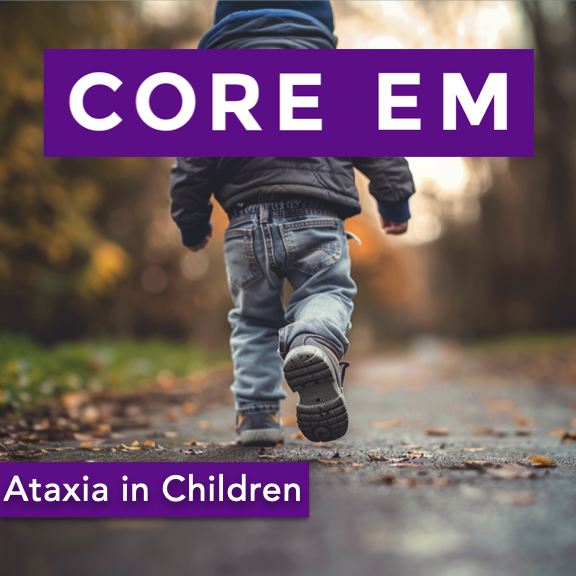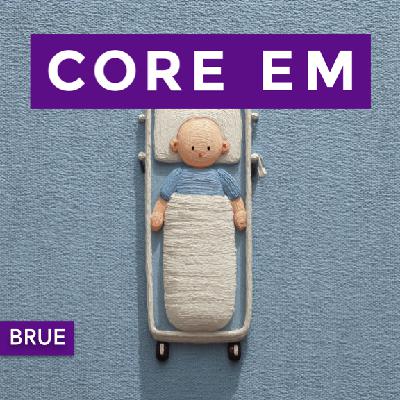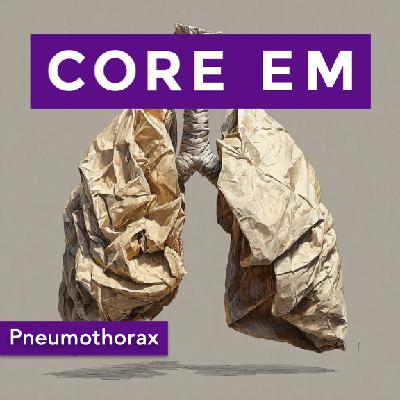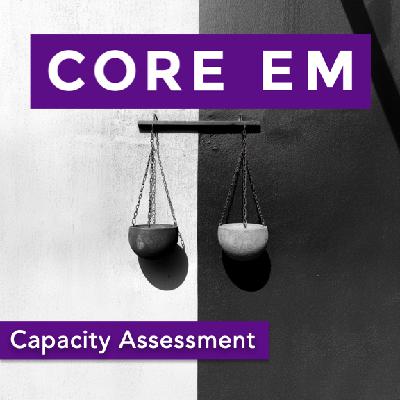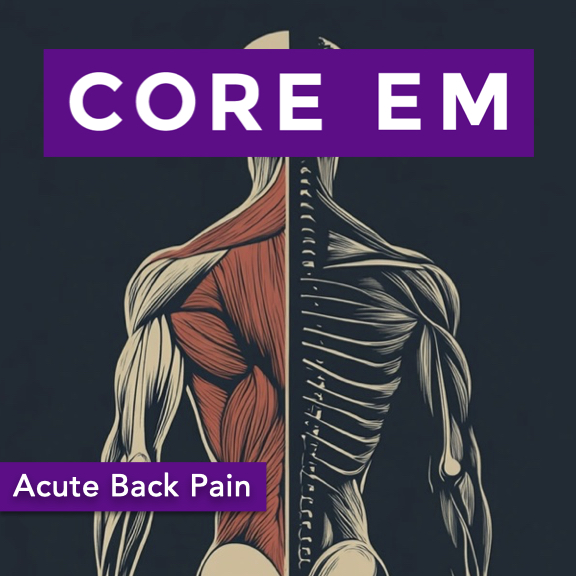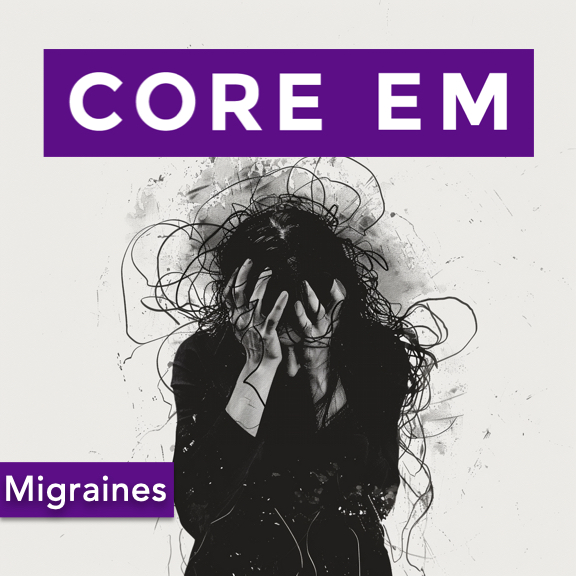Episode 199: Ataxia in Children
Update: 2024-08-01 1
1
Description
We discuss a case of ataxia in children and how to approach the evaluation of these pts.
Hosts:
Ellen Duncan, MD, PhD
Brian Gilberti, MD
Download
Leave a Comment
Tags: Neurology, Pediatrics
Show Notes
Introduction
- The episode focuses on ataxia in children, which can range from self-limiting to life-threatening conditions.
- Pediatric emergency medicine specialist shares insights on the topic.
The Case
- An 18-month-old boy presented with ataxia, unable to keep his head up, sit, or stand, and began vomiting.
- Previously healthy except for recurrent otitis media and viral-induced wheezing.
- The decision to take the child to the emergency department (ED) was based on acute symptoms.
Differential Diagnosis
- Common causes include acute cerebellar ataxia, drug ingestion, Guillain-Barre syndrome, and basilar migraine.
- Less common causes include cerebellitis, encephalitis, brain tumors, and labyrinthitis.
Importance of History and Physical Examination
- A detailed history and physical exam are essential in diagnosing ataxia.
- Key factors include time course, recent infections, signs of increased intracranial pressure, and toxic exposures.
- Look for signs such as bradycardia, hypertension, vomiting, and overall appearance.
Diagnostic Workup
- Initial tests include point-of-care glucose and neuroimaging for concerns about trauma or increased intracranial pressure.
- MRI is preferred for posterior fossa abnormalities, but non-contrast head CT is commonly used due to accessibility.
- Lumbar puncture may be needed if meningismus is present.
Treatment Approach
- Treatment depends on the underlying cause:
- Acute cerebellar ataxia is self-limiting and typically resolves with time.
- Antibiotics are required for meningitis or encephalitis.
- Steroids may be useful for cerebellitis and acute disseminated encephalomyelitis (ADEM).
- Specialist consultations are necessary for severe diagnoses like intracranial masses.
Outcome of the Case Study
- The child had a normal fast T2 MRI and improved during the ED stay.
- Diagnosed with a combination of cerebellar ataxia and labyrinthitis.
- Received myringotomy tubes and experienced no further neurologic changes or otitis media episodes.
Take-Home Points
- Diverse Etiologies: Ataxia in children can have various causes that range from self-limiting to life-threatening
- Comprehensive Assessment: History and physical exams guide diagnosis and workup direction, focusing on symptom time course, infections, and toxic exposures.
- Physical Examination Clues: Vital signs and appearance offer clues; increased ICP may present with bradycardia, hypertension, and vomiting.
- Diagnostic Imaging: Point-of-care glucose testing and neuroimaging are key; MRI is preferred for posterior fossa abnormalities.
- Tailored Treatment: Treatment varies by cause; acute cerebellar ataxia typically resolves over time without specific intervention.
Read More
Comments
In Channel


